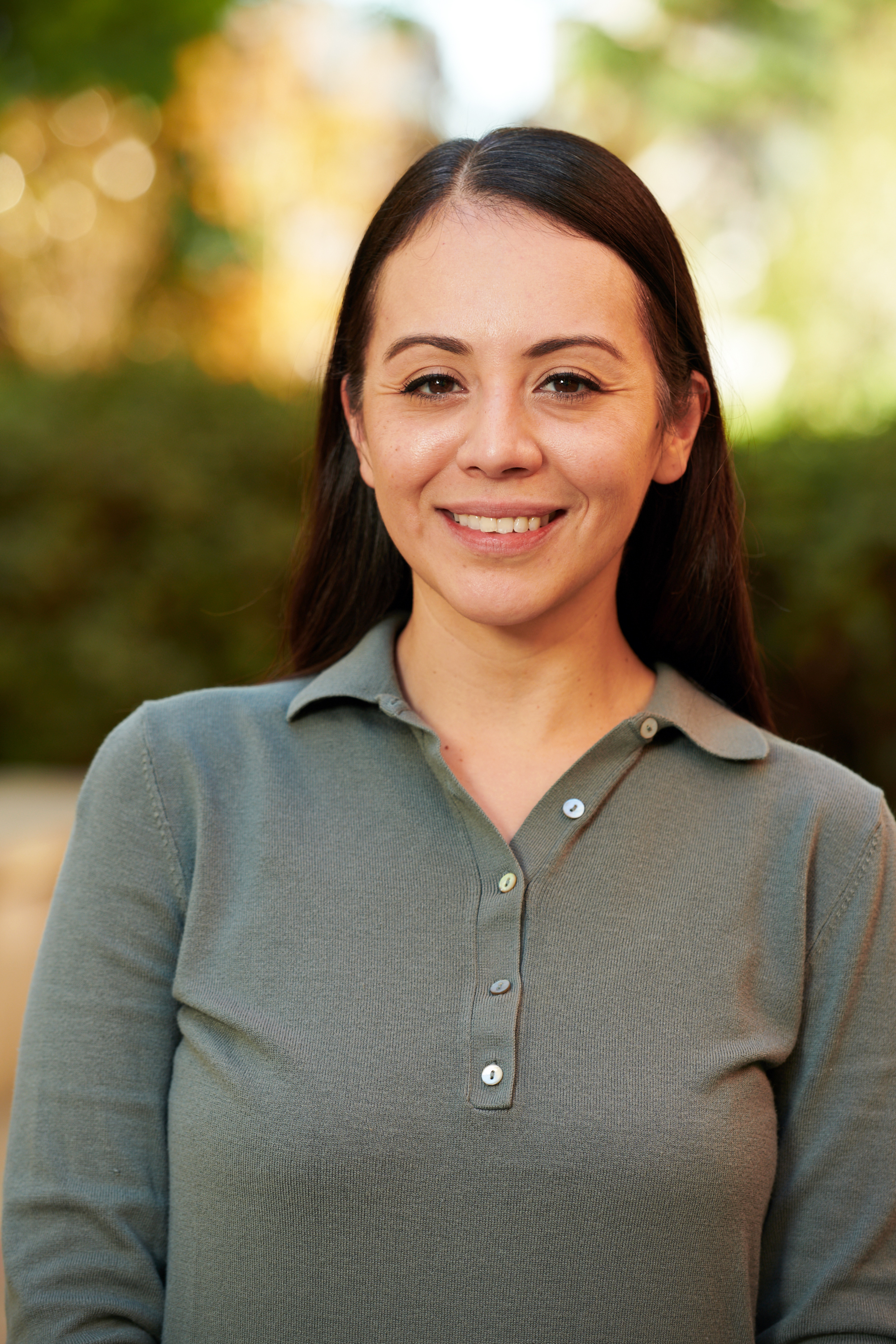Biography
Pearl received her BS in Biology from UC Riverside. To further explore interests in research and medicine, she pursued a Master’s degree in Cell and Molecular Biology at San Diego State University (SDSU) where she also served as a Human Anatomy Teaching Assistant for 3 years. At SDSU, she gained research technical expertise in cardiac pathophysiology and the development of cellular therapies to treat cardiac ischemic injury in the lab of Dr. Mark Sussman. After receiving her PhD from SDSU and UCSD, she began a postdoctoral fellowship under the mentorship of Dr. Eric Small at the University of Rochester where she studied novel mechanisms of epicardium-directed coronary vasculature formation during cardiac development and disease. Continuing her passion for teaching, she was awarded an Outstanding Postdoctoral Mentor Award during her postgraduate training. Transitioning to UCLA and returning to her family, community, and home in Los Angeles – her research lab will focus on evaluating novel cellular and paracrine signaling programs that stimulate angiogenesis in cardiac development, discoveries which may be used to promote cardiac remodeling and repair in the heart after myocardial infarction.
Research Interests
The epicardium is composed of a single cell layer that encapsulates the heart during embryogenesis. The epicardium also serves as a rich source of mesenchymal cells and growth factors that support both cardiomyocyte and coronary vasculature development. Although the function of the epicardium is invariably linked to the growth of the primitive coronary plexus, the cellular and molecular mechanisms that regulate cell autonomous and cell non-autonomous functions of the epicardium remain unclear. To facilitate the identification of the epicardium’s role in embryonic angiogenesis, our lab utilizes transgenic mouse models and single-cell transcriptomic sequencing to discover novel epicardium-directed guidance cues required for arterio-venous specification and maturation. As compared to the fetal heart, the adult myocardium is unable to undergo angiogenesis in response to ischemic injury, which ultimately leads to cardiac functional decline. By using information acquired from our studies during development, we are investigating the effects of secreted factors from the epicardium to promote angiogenesis and repair after ischemic injury in the adult heart.
Education
B.S., University of California, Riverside 2006
M.S., San Diego State University 2010
Ph.D., San Diego State University and University of California, San Diego 2015
Selected Publications
Quijada, P., Trembley, M.A., Small, E.M. The Role of Epicardium During Heart Development and Repair. Circ Res. Jan 31;126(3):377-394 (2020).
Quijada, P., Misra, A., Velasquez, L.S., Burke, R.M., Lighthouse, J.K., Mickelsen, D.M., Dirkx, R.A. Jr., Small, E.M. Pre-existing fibroblasts of epicardial origin are the primary source of pathological fibrosis in cardiac ischemia and aging. J Mol Cell Cardiol. 129:92-104 (2019).
Quijada, P., Salunga, H.T., Hariharan, N., Cubillo, J., El-Sayed, F., Moshref, M., Bala, K.M., Emathinger, J., De La Torre, A., Ormachea, L., Alvarez, R., Gude, N.A., Sussman, M.A. (2015) Cardiac stem cell hybrids enhance myocardial repair. Circ Res. 117(8):695-706 (2015).
Quijada, P., Hariharan, N., Cubillo,J., Bala, K.M., Ormachea, L., Bers, D.M., Sussman, M.A., Poizat, C. Nuclear Calcium/Calmodulin-Dependent Protein Kinase II Signaling Enhances Cardiac Progenitor Cell Survival and Cardiac Lineage Commitment. J Biol Chem. 290(42):25411-26 (2015).
Quijada, P., Toko, H., Fischer, K.M., Bailey, B., Reilly, P., Hunt, K.D., Gude, N.A., Avitabile, D., Sussman, M.A. Preservation of myocardial structure is enhanced by pim-1 engineering of bone marrow cells. Circ Res. 111(1):77-86 (2012).

612 Charles E. Young Drive East
Box 957246
Los Angeles, CA 90095-7246
(t) (310) 825-4373
(f) (310) 206-9184


